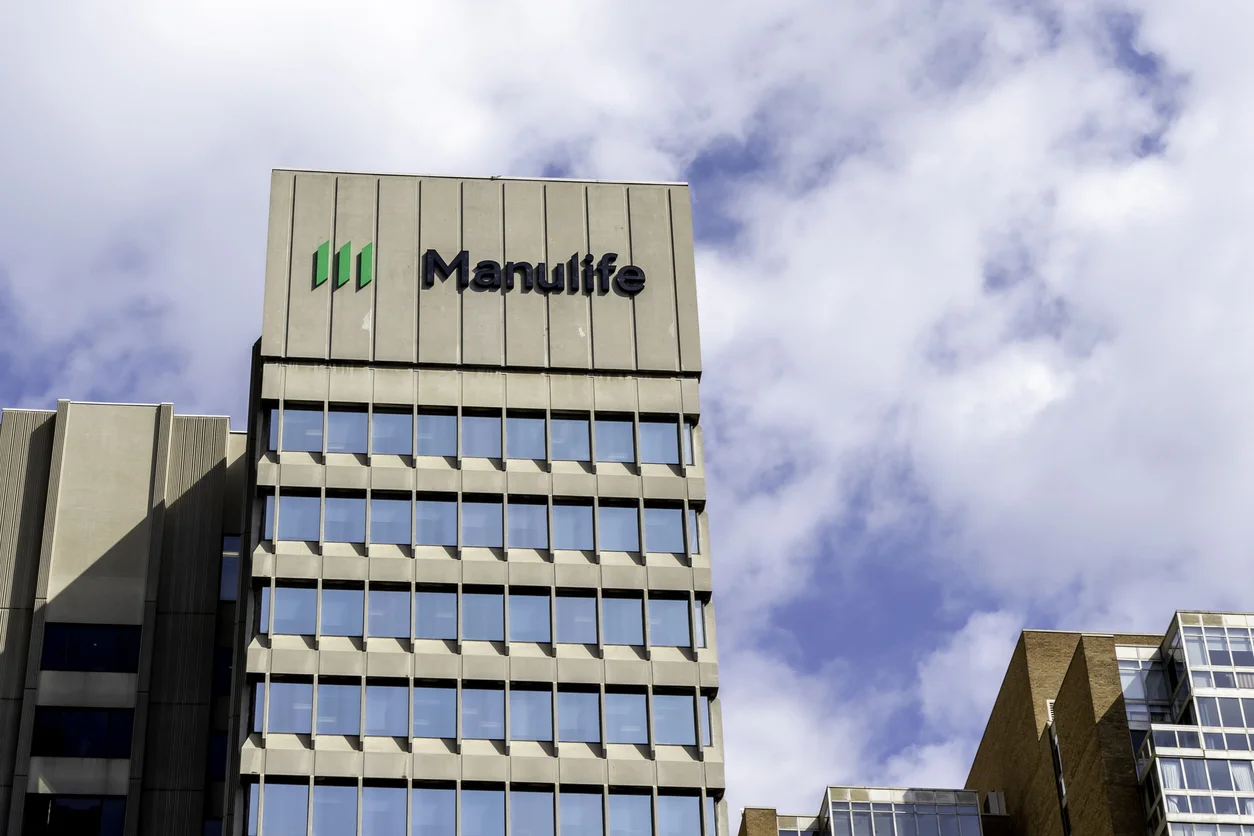This is Part 2 of a 3 part series originally entitled: Who’s Going To Amazon Healthcare?
Conventional wisdom holds that telemedicine is best practiced in a real-time manner. The physical doctor/patient interaction is captured via live video with the aid of a nurse or medical assistant at the patient’s end. Though such real-time virtual visits will sometimes be necessary, it’s much more efficient to capture the patient data, store it securely, then forward to the appropriate physician. Some of the many benefits to the store and forward approach are:
The Case for THE Exchange
For the any patient/physician/place/time vision to be realized, the patient data must be highly secured and find its way around cyberspace in a well-controlled and efficient manner. This calls for a very sophisticated network and data repository that that does not exists today –a tele-health exchange. No, make that “THE TeleHealthExchange” (THE Exchange). THE Exchange would be the backbone of the global telemedicine industry without which the full potential of telemedicine could never be realized.
Imagine the Possibilities
Imagine… a semi-retired primary care doctor logging onto THE Exchange three mornings a week from the comfort of his Wisconsin lake cottage. According to pre-established parameters, THE Exchange forwards the doctor virtual cases from around the world. He reviews the cases, makes his diagnosis and issues his orders just in time to enjoy a sumptuous lunch prepared by his lovely bride. On fishing days, he takes his cases in the afternoons so he doesn’t miss the early morning feeding frenzy on the lake.
Best of all, one in three of the cases submitted to Dr. Badger come from third world countries critically lacking healthcare services. He finds such pro-bono work so gratifying that he doubts he’ll ever fully retire. Why should he? With THE Exchange, he can work as much or as little as he wants from anywhere in the world. All he needs is a computer and an Internet connection. He speaks passionately about this aspect of his practice during his frequent guest lectures at his medical school alma mater. Dr. Badger wants to encourage the next generation of doctors to build pro-bono work into their practices from the beginning. Why not? With THE Exchange, every doctor on planet earth can use their skills to help “the least of these”…any patient…any doctor…anywhere…any time.
Closer to home, imagine…IU Tele-Health Services operating from a state-of-the-art control center housed in downtown Indianapolis…a few blocks from the IU School of Medicine. This tele-health control center looks and feels like NASA’s Mission Control. However, the high energy folks hovering around the hundreds of HD monitors are healthcare professionals, not engineers. Primary care is provided by a veritable army of nurses, nurse practitioners and family physicians. These front line/online care givers are backed-up by a group of the world’s finest specialists from every possible discipline. Of course, all of these highly skilled professionals don’t have to by physically present. THE Exchange knows where to find them when they’re needed. There are, however, tremendous benefits to having a critical mass of healthcare professionals together. They can consult with one another on challenging cases and enjoy the “professional nutrition” so craved amongst colleagues.
Doing Well by Doing Good
And finally, imagine…what a single courageous and compassionate nurse on the ground in Kwazulu-Natal , South Africa could do to help “the least of these” within the AIDS epicenter of the world. By connecting a RP-Lite Remote Presence system from InTouch Health to THE Exchange, this nurse can commandeer life-saving healthcare advice from around the world. Because such humanitarian care can be provided without concerns over such things as HIPAA regulations and payer issues, it could well be the driver behind building THE Exchange.
The Case for Exchange Standards
First and foremost, patient data transferred via THE Exchange must be formatted and packaged in a way that allows the physician to render an accurate diagnosis in the most efficient manner possible. This calls for standards and a system that enforces them. Patient vitals must be presented in a consistent format. Video footage and still photos must be cataloged in an easy-to-retrieve fashion. Determining who receives the virtual patient case will be critically important. This will call for a highly complex set of rules that will be ever-changing, while unparalleled data integrity and security is paramount to success.
Are you sensing that “THE Exchange” concept might represent a sizeable business opportunity for someone? No more teasing, next post I promise to consider just who those someones might be. We’ll also ponder why it’s just as likely that the 800 pound tele-health gorilla will emerge from remote entrepreneurial jungles unknown. Until then…here’s to your tele-health!


